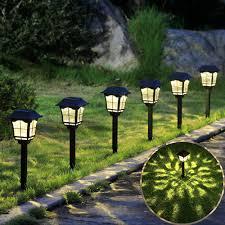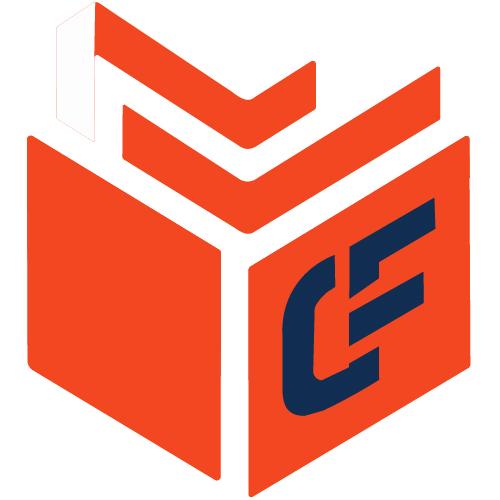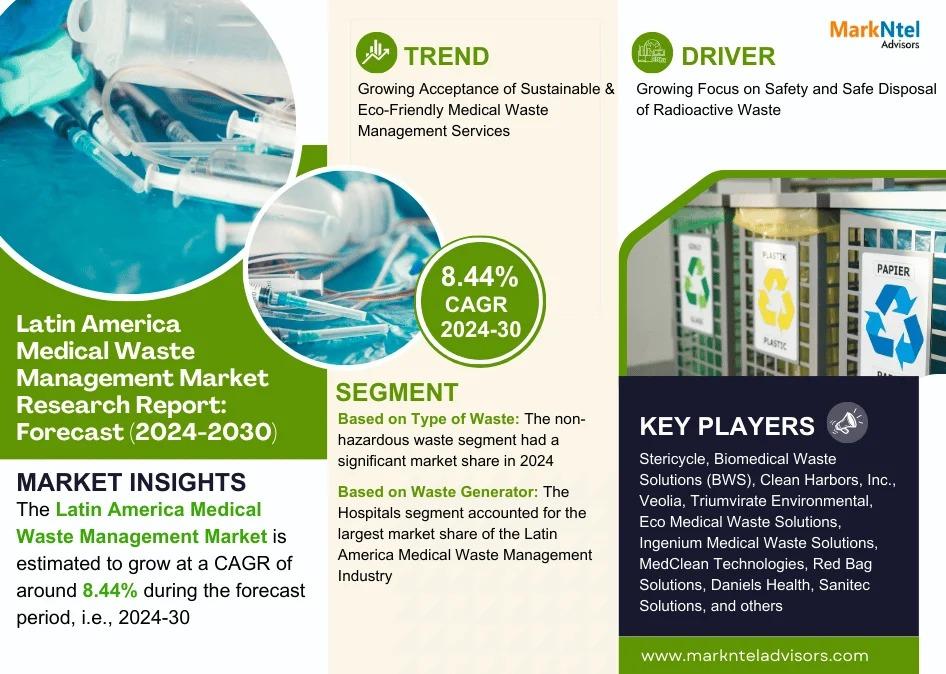Outdoor Lighting Market Competitive Analysis with Key Manufacturers, Production Capacity, and Technological Advancements

The outdoor lighting market is witnessing intensified competition as manufacturers around the globe scale production and invest heavily in technological advancements. For both investors and manufacturers, understanding who leads, what capacity exists, and which innovations are redefining products is essential. This article delves into the competitive landscape, production capabilities, and the state of tech in outdoor lighting.
Key Manufacturers & Competitive Footprint
Several large multinational players dominate much of the outdoor lighting field, combining strong R&D, wide distribution networks, and diversified portfolios. Notable among them are:
-
Signify (formerly Philips Lighting) — known for smart streetlight systems, connected lighting platforms, and broad LED product lines.
-
Acuity Brands, Inc. — a major North American player offering commercial outdoor fixtures, floodlighting, and control systems.
-
Hubbell Lighting — strong in commercial and industrial outdoor luminaires; reputation for durability and performance.
-
ams‑OSRAM AG — pushes innovation especially in semiconductor LEDs, optical components, and specialty lighting.
-
GE Lighting / Savant Systems — integrating smart controls, motion detection, and scalable connected infrastructure.
-
Zumtobel Group — often associated with design‑led outdoor lighting, façades, architecture, and high‑spec installations.
Besides these global players, there are numerous regional and local manufacturers: often smaller in scale but agile in responding to local standards, cost constraints, installation conditions, and climate. These competitors often focus on specific application segments (garden lights, pathway lighting, solar off‑grid, decorative fixtures) or niche markets (harsh weather zones, high IP ratings, custom architectural lighting).
Production Capacity & Scale Considerations
Manufacturers are scaling up, both in terms of fixture output and integrated system production, with several trends visible:
-
LED module and driver capacity expansion: Major LED component makers and lighting fixture companies are investing in expanded in‑house or contracted capacity for chips, LED packages, optics, drivers, and heat sinks. This helps shorten lead times and reduce costs.
-
Vertical integration: To control component quality, pricing, and supply chain risks, many of the leading players are bringing more of the value chain under their roofs—from LED chip or module production, to optics, housings, and control electronics.
-
Localized manufacturing: For regions with high demand (Asia‑Pacific, Latin America, Middle East & Africa), many manufacturers are setting up local production plants or forging partnerships to reduce import duties, transportation costs, and to respond faster to regional regulation and climate.
-
Capacity for smart / connected modules: Since connected lighting (sensors, controls, IoT communication, firmware) is increasingly a requirement, companies are investing in production lines capable of integrating control modules, wireless interfaces, and sensors.
-
Scaling solar/off‑grid systems: Producers producing solar hybrid lights, solar street lamps, or off‑grid lighting systems are scaling both PV panel / module assembly and battery storage component lines to match rising demand, especially in rural or remote regions.
However, high capacity is not uniform: in many emerging markets, small producers may have limited capacity, leading to longer lead times or quality variability, which creates opportunities for manufacturers that can assure performance, durability, and faster delivery.
Technological Advancements & Innovation Drivers
Innovations in outdoor lighting are accelerating. Key areas include:
-
Smart Lighting & IoT Integration
Fixtures increasingly come with sensors for motion, daylight, or environmental parameters. Connectivity via wireless networks (e.g. Zigbee, Bluetooth mesh, LoRa, or proprietary networks) is becoming standard for larger projects like smart cities. Real‑time monitoring and adaptive dimming are now expectations in many new tenders. -
High‑Efficacy LEDs & Optics
Advances in LED efficacy (lumens per watt), better thermal management, improved driver electronics, and more efficient optics are pushing performance up. This means more light output for less energy, which is critical for cities and commercial users under energy or emissions constraints. -
Advanced Materials & Durability
Weather resistance, corrosion resistance, ingress protection (IP ratings), and long lifespans are critical for outdoor fixtures. Manufacturers are using improved materials for housings (die‑cast aluminum, composites), better coatings, improved sealing, and enhanced lens designs. -
Solar + Energy Storage Innovations
Especially important for off-grid or intermittently powered areas. Improved battery technologies, better solar panel efficiencies, and smarter power management are allowing solar‑hybrid lamps to have longer autonomy, lower maintenance, and more robustness. -
Adaptive & Dynamic Lighting
Color tunability (e.g. changing color temperature), programmable scenes, dim‑to‑dark modes, motion‑based activation, and scheduled lighting through apps or city control platforms. Aesthetic lighting (architectural façades, decorative lighting) is utilizing dynamic lighting effects and design flexibility more than before. -
Integration with Broader Urban Infrastructure
Fixtures are increasingly serving dual or multiple roles — lighting poles or fixtures that also carry sensors for air quality, surveillance, public WiFi or communications, environmental monitoring, or even EV charging infrastructure. This multi‑functional approach raises the value proposition. -
Software Platforms & Analytics
Alongside hardware, software is becoming a core differentiator. Platforms that allow remote monitoring, failure detection, maintenance scheduling, energy consumption dashboards, automated firmware updates, and predictive maintenance are giving manufacturers and contractors an edge.
Competitive Challenges & Strategic Opportunities
While there’s clear innovation and capacity expansion, there are also hurdles:
-
Cost pressures and commoditization: Basic fixtures are becoming commoditized, squeezing margin especially for manufacturers who don’t differentiate via performance, durability, or services.
-
Standards & regulations: Vary widely across regions; light pollution controls, safety, environmental or energy efficiency codes, solar harvesting standards, and product certifications impose complexity. Manufacturers able to comply globally or adapt locally have an advantage.
-
Supply chain risks: LED chips, driver electronics, battery cells, and sensor components are subject to raw material shortages, trade restrictions, or logistics delays. Having diversified sources or in‑house capacity mitigates risk.
-
Technological obsolescence: Rapid innovation means that products or components can become outdated quickly. Manufacturers must invest continuously in R&D or risk losing ground.
-
Interoperability and cybersecurity: Connected lighting devices are potential targets; ensuring secure firmware, encrypted communication, and compatibility with city systems or IoT platforms is increasingly demanded.
Strategic Insights for Manufacturers & Investors
-
Differentiate through after‑sales services and integrated systems: Manufacturers that go beyond hardware to offer installation, monitoring, maintenance, and analytics can create higher value and stickiness.
-
Invest in R&D and modular product design: Modular fixtures that allow upgrades in control modules or sensors help protect against obsolescence.
-
Enter partnerships or acquire tech capabilities: Acquiring or partnering with control electronics, IoT platform companies, or solar‑battery firms can speed up innovation and market entry.
-
Localization of production & supply chain: To lower costs, meet local standards, and respond faster, manufacturers should establish regional manufacturing or assembly capabilities.
-
Focus on premium, high‑margin segments: Decorative, architectural lighting, smart city lighting, dynamic façade lighting often allow better margins than mass‑produced basic fixtures.
-
Monitor regulatory trends & standards early: Being compliant or ahead of upcoming regulations helps avoid costly redesigns and positions firms favorably in public tenders or progressive markets.
Conclusion
The competitive landscape of the outdoor lighting market is evolving fast. Key manufacturers are not just competing on fixture design but on integrated systems, services, and capacity. For manufacturers and investors alike, those who combine strong production capability, innovation in smart and energy‑efficient technologies, and adaptability to regional needs stand to lead in this dynamic field.








